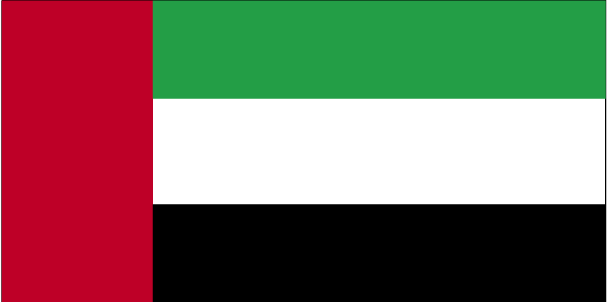
The UAE has an open economy with a high per capita income and a sizable annual trade surplus. Successful efforts at economic diversification have reduced the portion of GDP based on oil and gas output to 25%. Since the discovery of oil in the UAE more than 30 years ago, the country has undergone a profound transformation from an impoverished region of small desert principalities to a modern state with a high standard of living. The government has increased spending on job creation and infrastructure expansion and is opening up utilities to greater private sector involvement. In April 2004, the UAE signed a Trade and Investment Framework Agreement with Washington and in November 2004 agreed to undertake negotiations toward a Free Trade Agreement with the US; however, those talks have not moved forward. The country's Free Trade Zones - offering 100% foreign ownership and zero taxes - are helping to attract foreign investors. The global financial crisis, tight international credit, and deflated asset prices constricted the economy in 2009. UAE authorities tried to blunt the crisis by increasing spending and boosting liquidity in the banking sector. The crisis hit Dubai hardest, as it was heavily exposed to depressed real estate prices. Dubai lacked sufficient cash to meet its debt obligations, prompting global concern about its solvency. The UAE Central Bank and Abu Dhabi-based banks bought the largest shares. In December 2009 Dubai received an additional $10 billion loan from the emirate of Abu Dhabi. Dependence on oil, a large expatriate workforce, and growing inflation pressures are significant long-term challenges. The UAE's strategic plan for the next few years focuses on diversification and creating more opportunities for nationals through improved education and increased private sector employment.
$269.8 billion (2013 est.)
country comparison to the world: 50
$259.3 billion (2012 est.)
$248.5 billion (2011 est.)
4% (2013 est.)
country comparison to the world: 81
4.4% (2012 est.)
3.9% (2011 est.)
$29,900 (2013 est.)
country comparison to the world: 48
$29,600 (2012 est.)
$29,200 (2011 est.)
agriculture: 0.6%
industry: 61.1%
services: 38.2% (2013 est.)
19.5% (2003)
1.3% (2013 est.)
country comparison to the world: 35
0.7% (2012 est.)
4.588 million
country comparison to the world: 84
note: expatriates account for about 85% of the work force (2013 est.)
agriculture: 7%
industry: 15%
services: 78% (2000 est.)
2.4% (2001)
country comparison to the world: 19
petroleum and petrochemicals; fishing, aluminum, cement, fertilizers, commercial ship repair, construction materials, handicrafts, textiles
3.3% (2013 est.)
country comparison to the world: 89